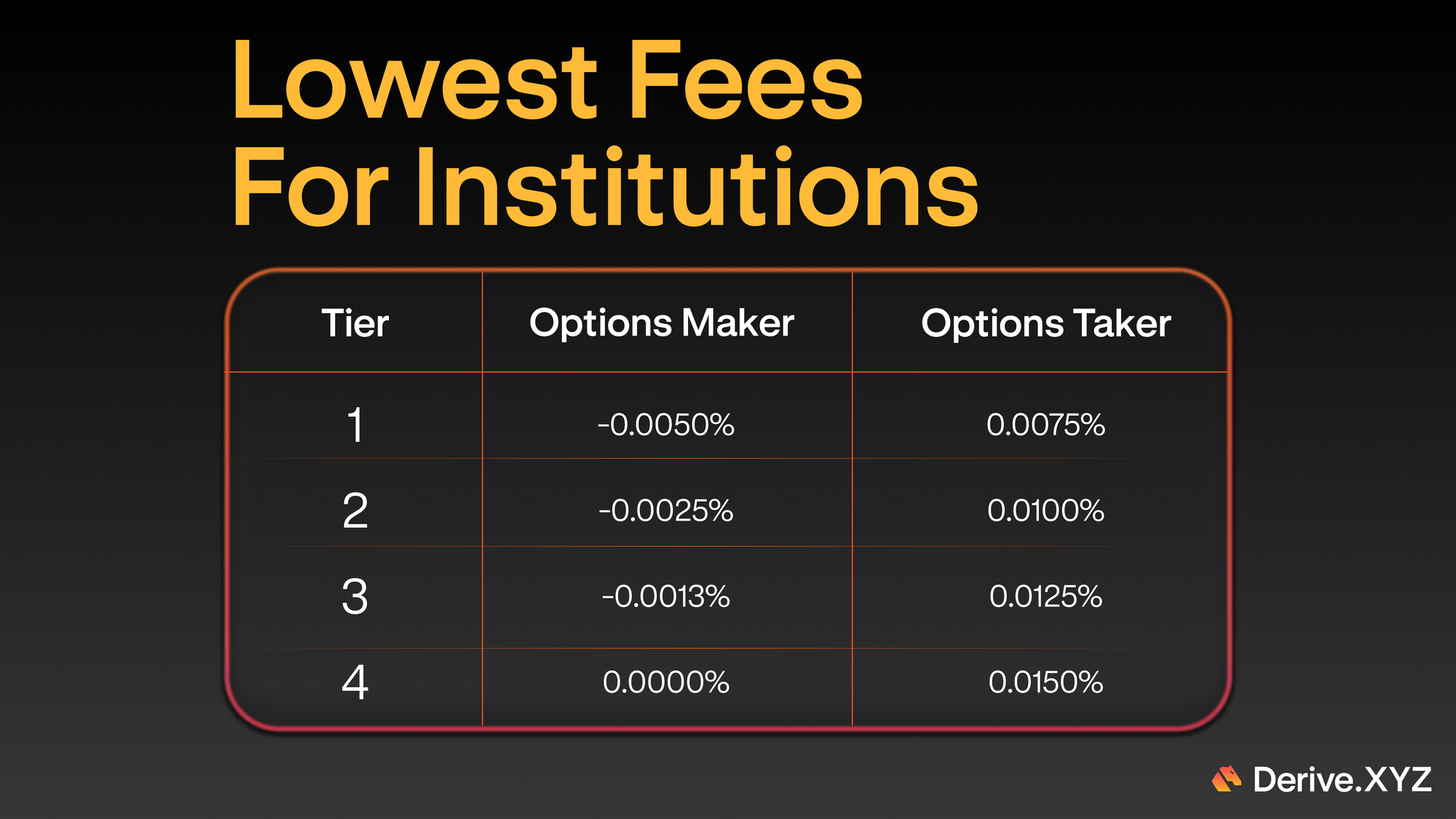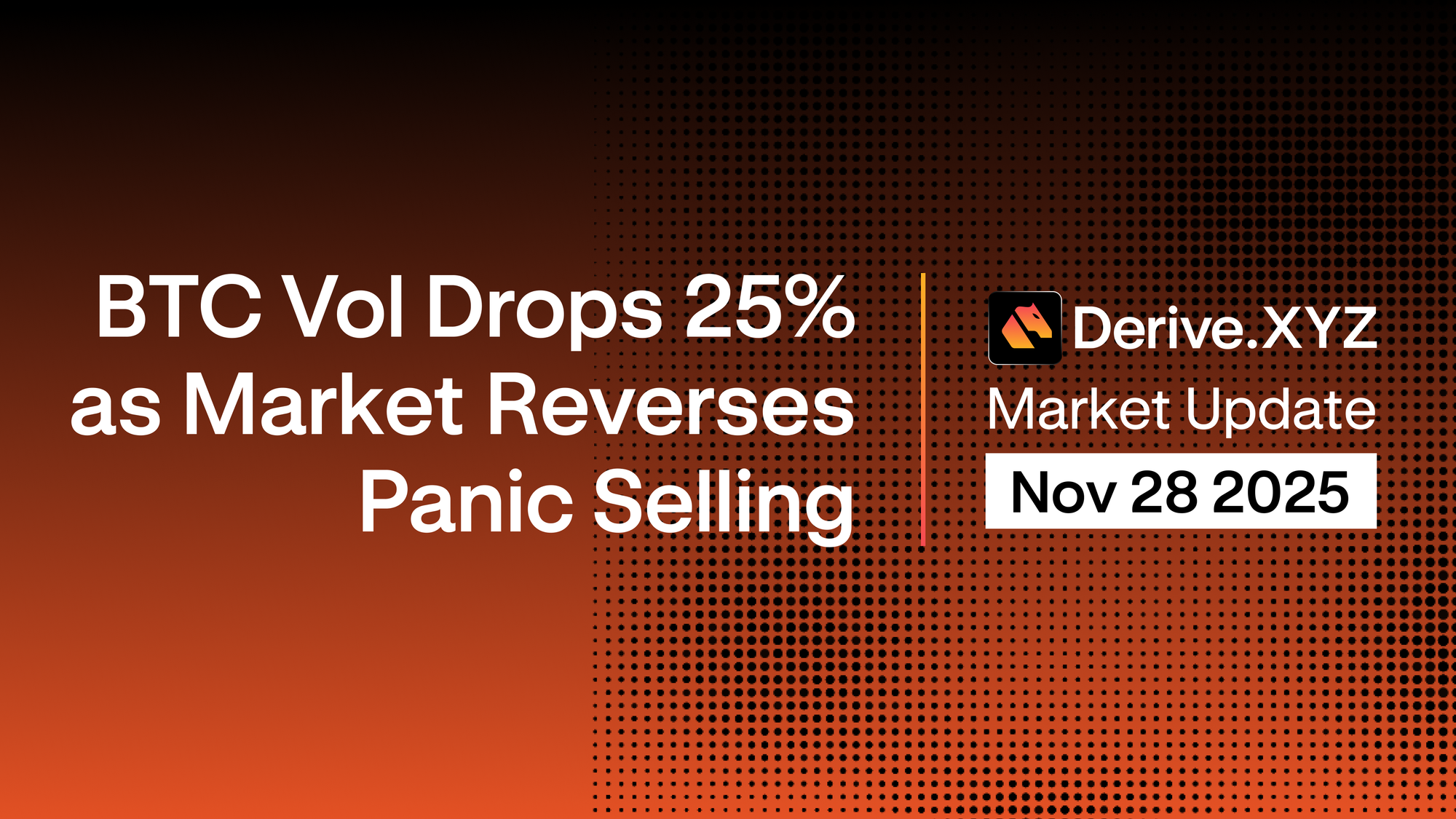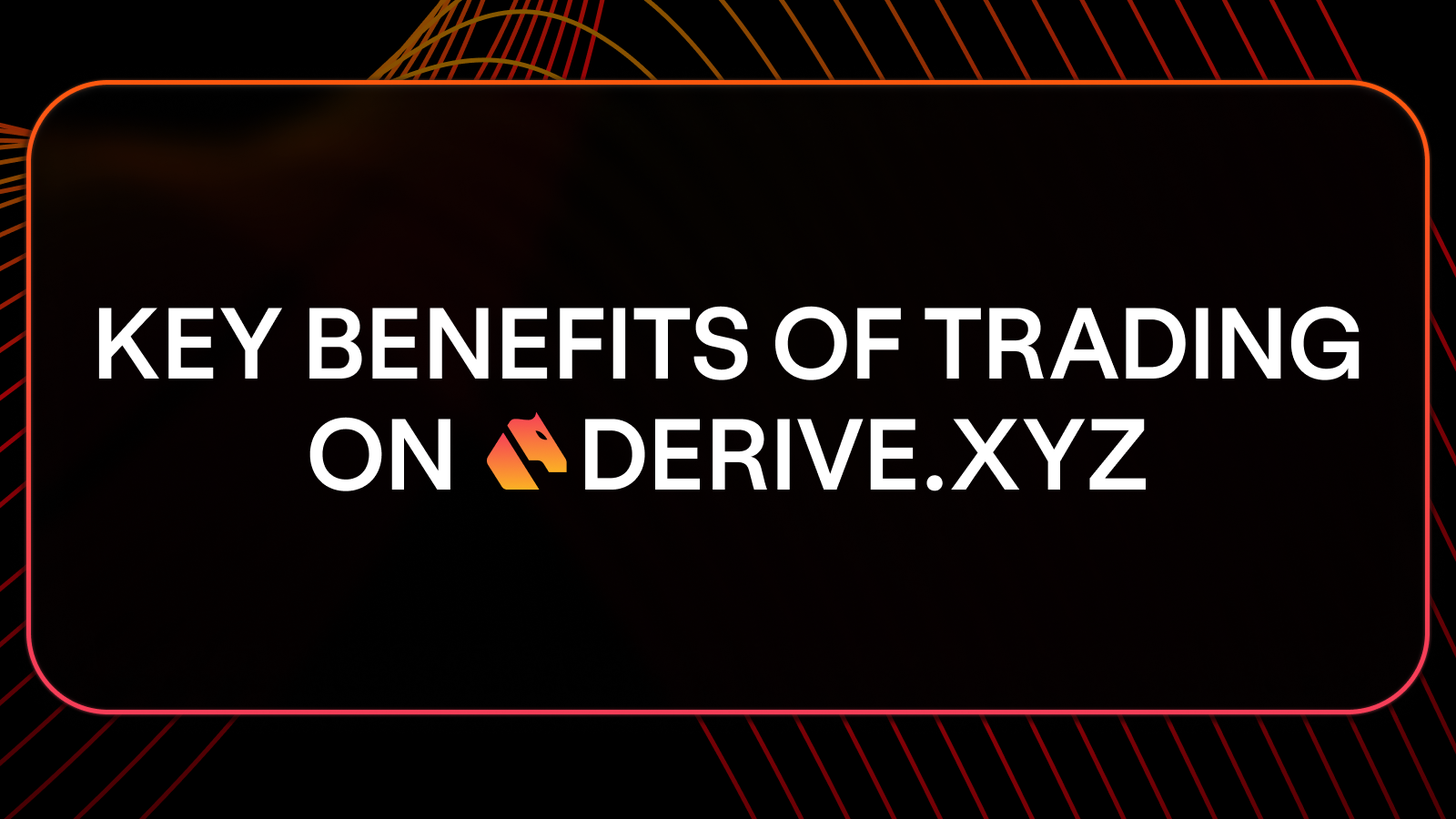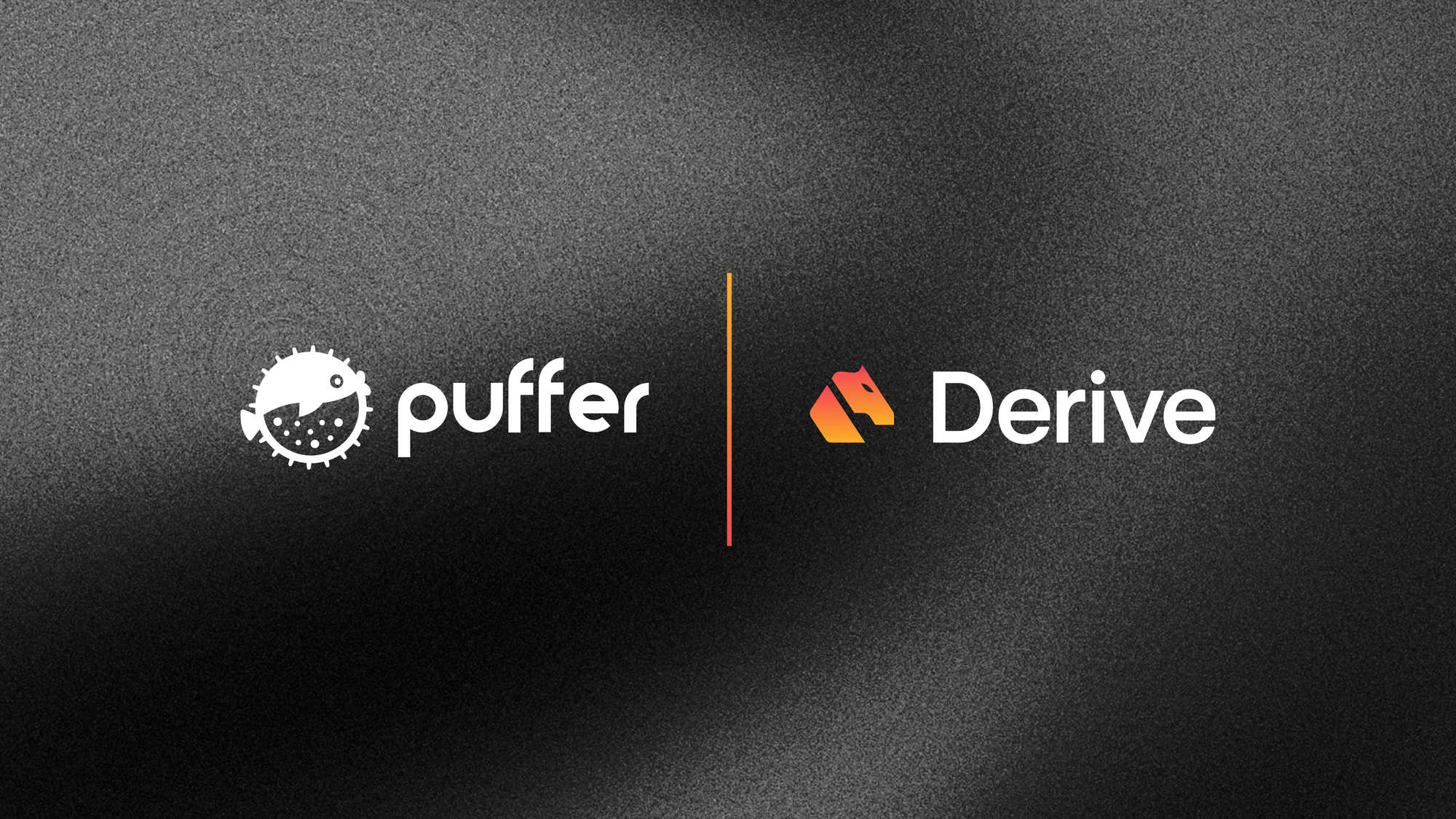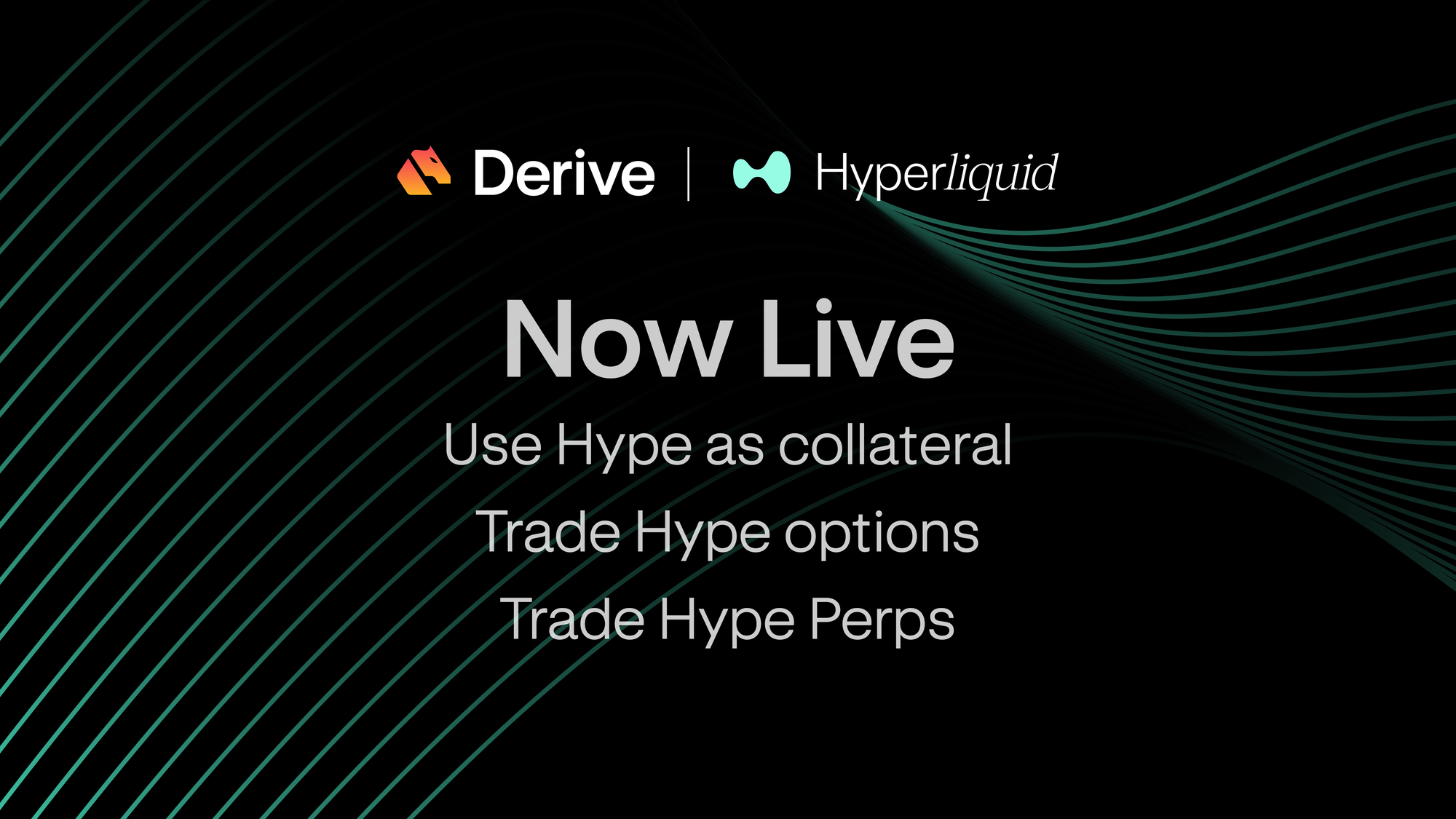Each Greek tells part of the story. Together, they tell you how your trade will behave.
Over the past two weeks, we have covered the major Greeks individually:
- Delta - directional exposure
- Gamma - rate of Delta change
- Theta - time decay
- Vega - volatility sensitivity
Today, we combine them into a full framework.
Understanding how to read Greeks together allows you to anticipate how your position will behave across different market scenarios.
The Big Picture
When you enter an option trade, ask yourself:
- How sensitive is this position to price moves (Delta)?
- How quickly will that sensitivity change (Gamma)?
- How much will time decay hurt or help me (Theta)?
- How will changes in implied volatility affect value (Vega)?
All four forces interact at the same time.
Ignoring any of them leaves blind spots in your risk management.
Example 1: Long Call
Suppose you buy a call option.
- Positive Delta - you want price to rise
- Positive Gamma - Delta increases if price rises
- Negative Theta - you lose value every day if nothing happens
- Positive Vega - you benefit if implied volatility rises
A long call needs movement, time efficiency, and preferably rising volatility to perform well.
Example 2: Short Put
Suppose you sell a put option.
- Positive Delta - you prefer price to stay the same or rise
- Negative Gamma - your Delta moves against you faster if price falls
- Positive Theta - you gain value every day as time passes
- Negative Vega - you lose if volatility spikes
A short put thrives when the market is stable and volatility drops.
Practical Trade Interpretation
Before entering any trade:
- Read all four Greeks together
- Understand how they will evolve over time and with price movement
- Match the Greek profile to the market environment you expect
Successful options traders think in Greek combinations, not isolated factors.
On Derive
- View Delta, Gamma, Theta, Vega live for every position
- Monitor total Greeks per subaccount
- Build strategies that balance Greeks for different market conditions
- Adjust exposure dynamically with transparent, real-time data
Derive gives you the full risk map before and after you place a trade.
Your Action Today
- Open Derive
- Choose any open option or build a sample trade
- Review its Delta, Gamma, Theta, and Vega
- Think about how the trade will perform if price moves, volatility shifts, or time passes
Coming tomorrow:
Day 21 – We begin applying Greeks in real-world trading scenarios, starting with trading earnings events.
Hasta manana
Cpt






